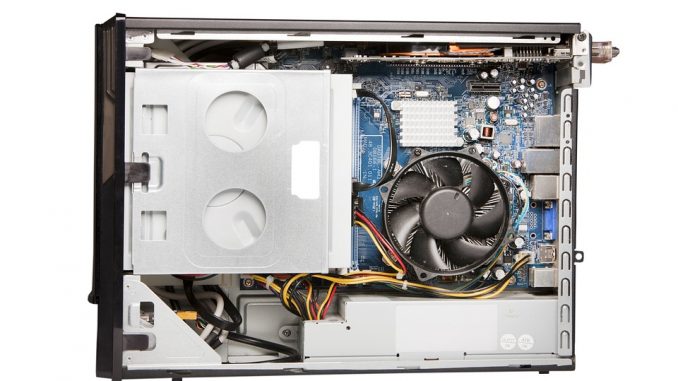Perhaps you’re considering purchasing a new computer, yet you’re hesitant to pay the full price for the most recent model – a sentiment that’s quite understandable in the aftermath of 2020’s events. You’re not keen on acquiring the two-year-old model your friend no longer wants, but those reconditioned items available online are beginning to seem attractive. Apple, for one, operates its own certified refurbishment program, offering devices for around $200 less than new ones.
Naturally, you might be uncertain about the advantages and disadvantages of owning a refurbished device. Given our experience in refurbishing computers for donation and resale, we’re well-positioned to provide some guidance for your consideration.
What Does the Refurbishment Process Involve?
Refurbished computers are typically products that were returned after the allowable return period and can’t be sold as new, newly manufactured devices that were defective but have since been repaired and rechecked, or items with minor cosmetic flaws. Some are completely untouched, while others may have seen minimal use and have been cleaned, diagnosed, had their OS reinstalled, repaired, and tested to assure they’re prepared for resale.
Is Purchasing a Refurbished Device a Good Idea?
If you choose a trustworthy seller, refurbished devices can be an excellent means to acquire a reliable device at a significantly reduced cost. You might not receive the most recent processor generation, but unless you require the absolute pinnacle of computing performance, possessing the prior generation of processor probably won’t be noticeably different – except for the positive impact on your budget.
Benefits and Drawbacks
If you’re seeking more information, here are some factors to ponder:
Pro: you can secure a high-quality computer at a discounted price simply because it’s technically not ‘new.’
Con: you’ll never discern the true cause necessitating the refurbishment.
Pro: a large number of refurbished computers may have never been defective or even utilized. Many are merely returned due to buyer’s remorse.
Con: there’s typically a degree of uncertainty regarding the computer’s history – for example, it might have been shipped and handled on multiple occasions.
Pro: the hardware in refurbished units has been extensively tested, whereas ‘new’ counterparts often arrive directly from the factory with minimal testing.
Con: there exists a potential risk in the event something malfunctions and you didn’t opt for a seller with a solid warranty and return policy.
Pro: it’s an environmentally-conscious choice! Items are not discarded, but instead refurbished and resold.
Con: the availability of refurbished computers is market-dependent, so you might not find the exact device you desire.
Key Points
A refurbished device can represent a fantastic bargain, but it necessitates a bit of extra effort to a) ensure the seller is reliable and provides good warranty and returns, and b) locate the device you want. If you merely require a dependable workhorse at an excellent price, we highly recommend opting for a refurbished computer. If you have very specific needs, then purchasing new is always the optimal choice.





